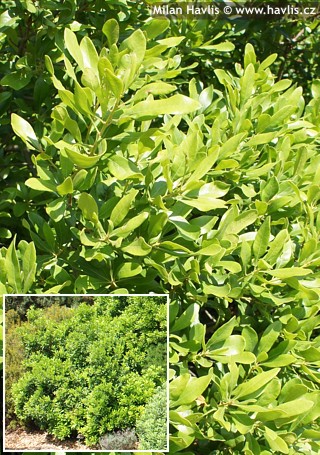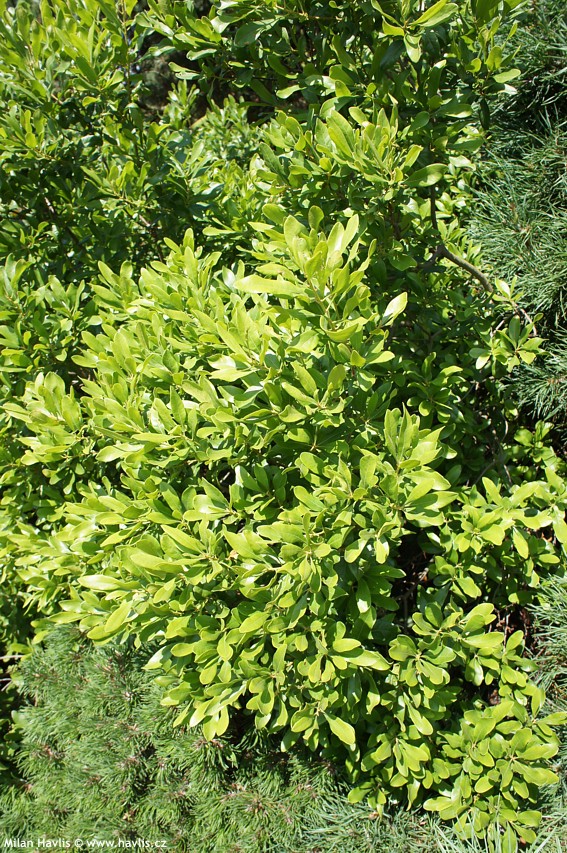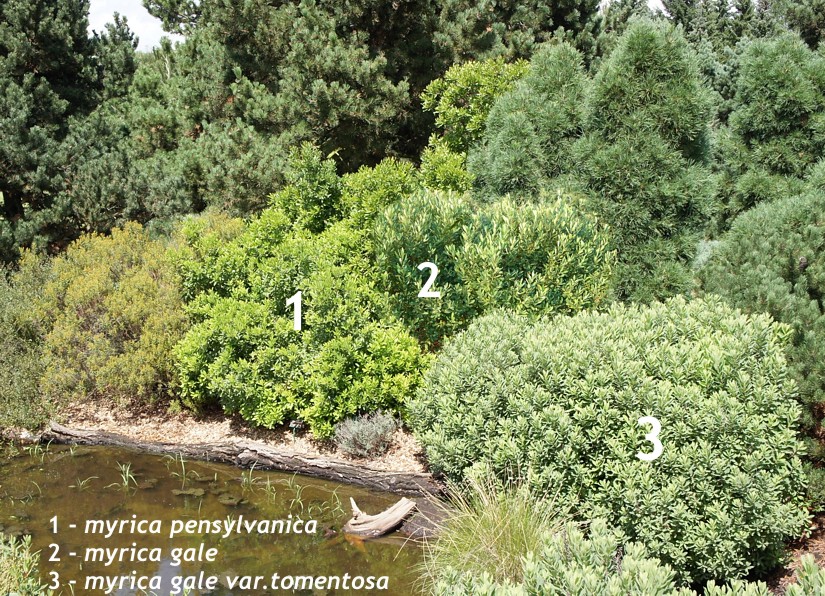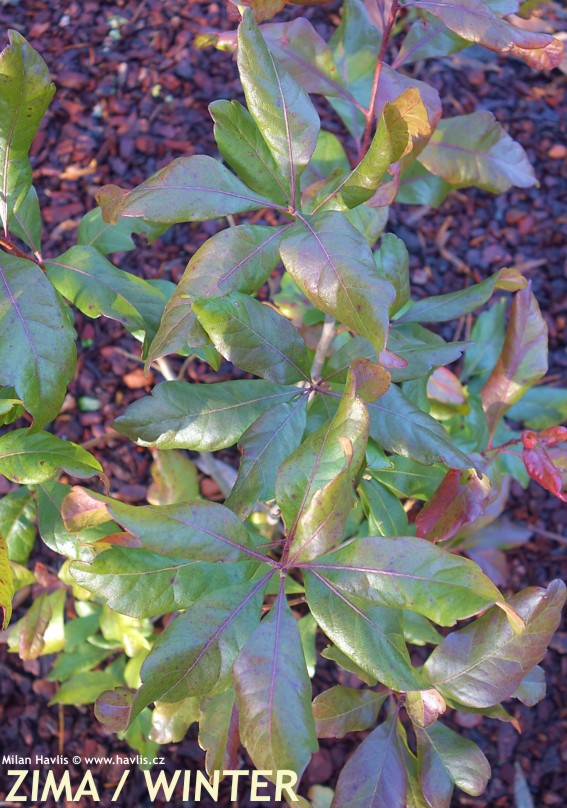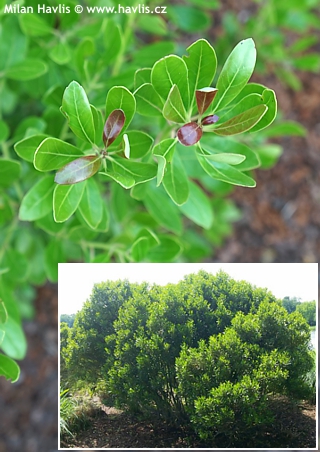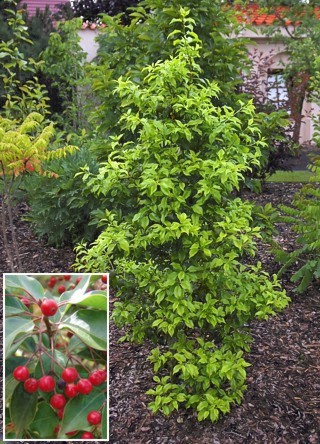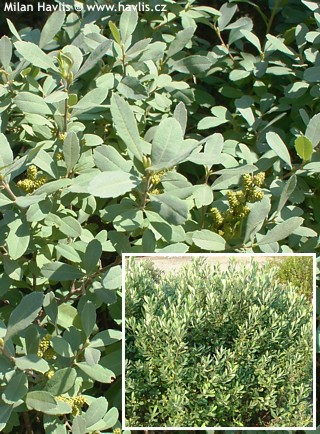Myrica pensylvanica northern bayberry


Myrica
Myrica and its various species have many names: bog myrtle, sweetgale, wax myrtle, even bayberry. All these names are for one genus that can be found worldwide, and for some reason nurseries don't grow them. So if you want one you have to search hard, and you will probably end up at a specialist nursery selling rare and unusual plants. That is such a pity! Because when I first saw a few myrica plants in a botanical garden it was love at first sight. Such neat and compact plants with handsome foliage and quite uniform habit. I made every effort to find a couple of growers of these plants so you can have them, too.Bayberry, unlike its bog relative, needs well-drained soil that is kept moist, though it can temporarily take both drought and flooding for limited period of time. It needs fertile, acid soil, and preferably full sun. Pruning is possible in early spring or after flowering in early summer. It grows rather slowly or moderately (5-15 cm per year), forming a medium-sized, round-shaped shrub of handsome habit. It is hardy to about -37°C (USDA zone 3).
Last update 09-01-2017
Goods are shipped all over Europe. For Russia and U.K. and for further details please read about SHIPPING OPTIONS HERE.
Are you interested in a serious discount for orders NOV-FEB? Check your options here.
THE PRICES INCLUDE VAT of 15%. For quick conversion you can use 1 CZK = approx. 0.04 EUR
- STANDARD QUALITY - Plants of this group are 1st class quality with number of branches and overall density adequate to their size and age, considering they were container grown.
- DE LUXE QUALITY - This label guarantees a luxurious quality of manually selected plants that, compared to their height and age, are exceptionally dense and beautiful.
- EXTRA - These plants are usually mature and bigger specimens with exceptional overall appearance.
- STANDARD (as described in the plant form) means a tree with a trunk of 190-210 cm and a crown at the top, unless specified differently. The commercial size for trees is their girth measured in the height of 1m from ground.
- HOBBY - These plants are of the same quality as our standard-quality plants but younger and therefore cheaper.
- SHRUB - a woody plant with branches growing bushy from the ground level.
- HALF-STANDARD or MINI-STANDARD - a small tree with shorter trunk, its size is usually specified.
- FEATHERED - These are trees with branches growing already from the base of the trunk and up along the stem.
- GRASSES and PERENNIALS - Sizes given usually read the diameter of the pot or the clump, as specified.












